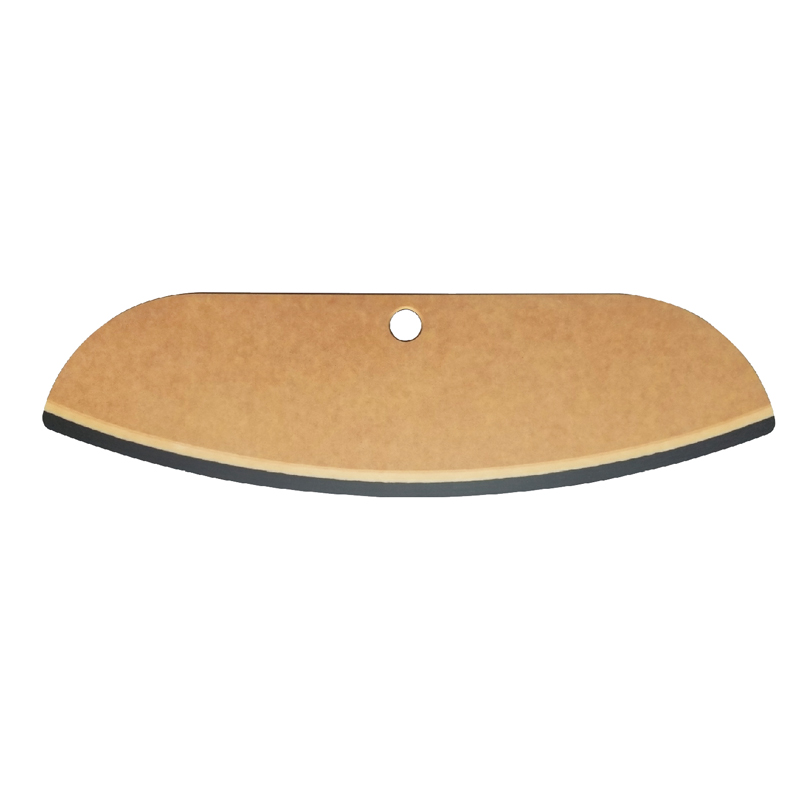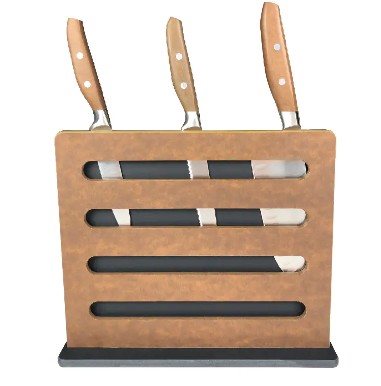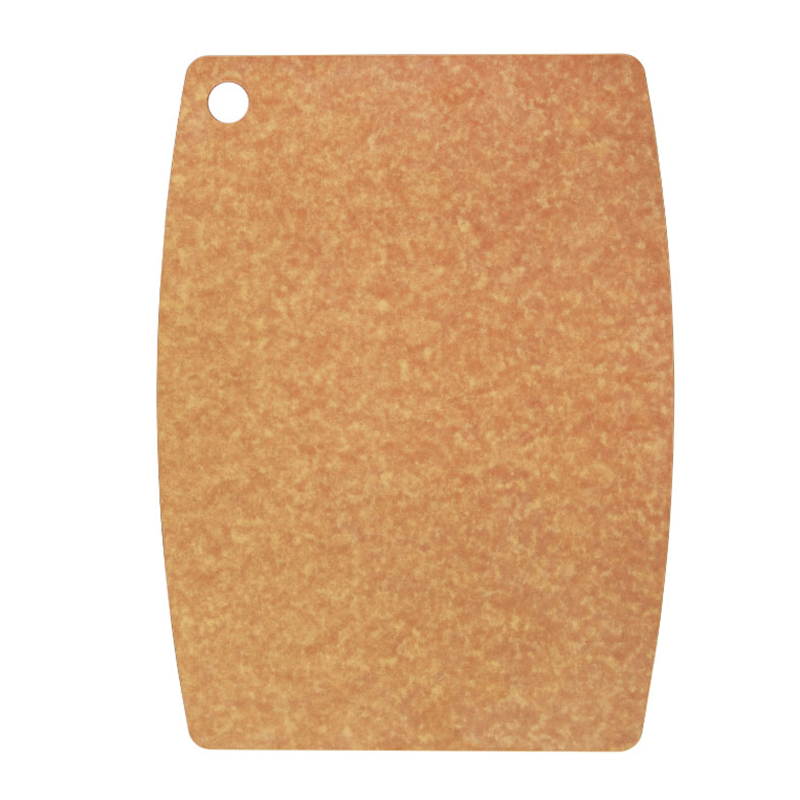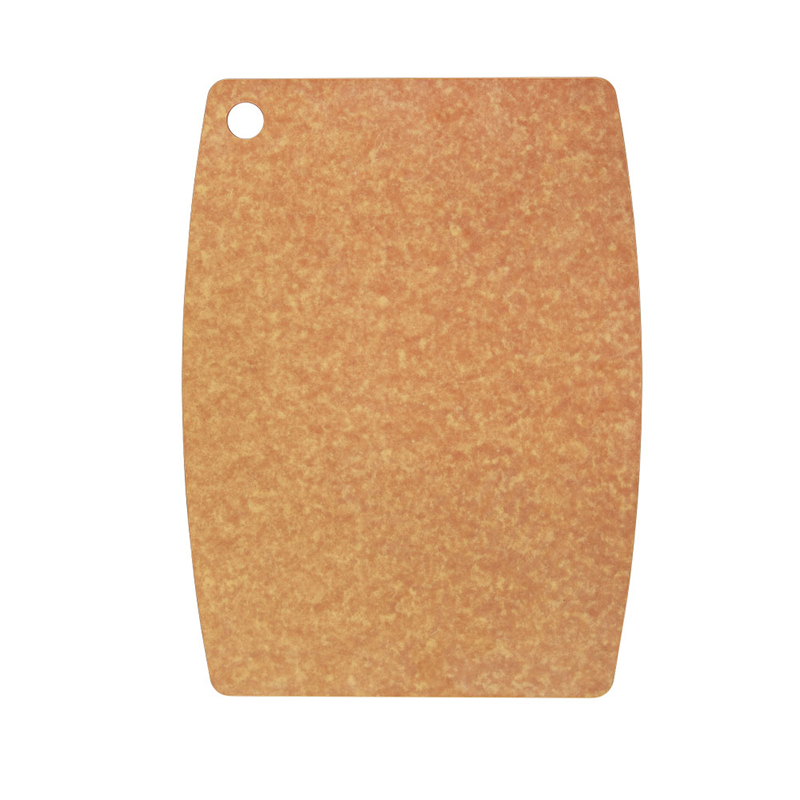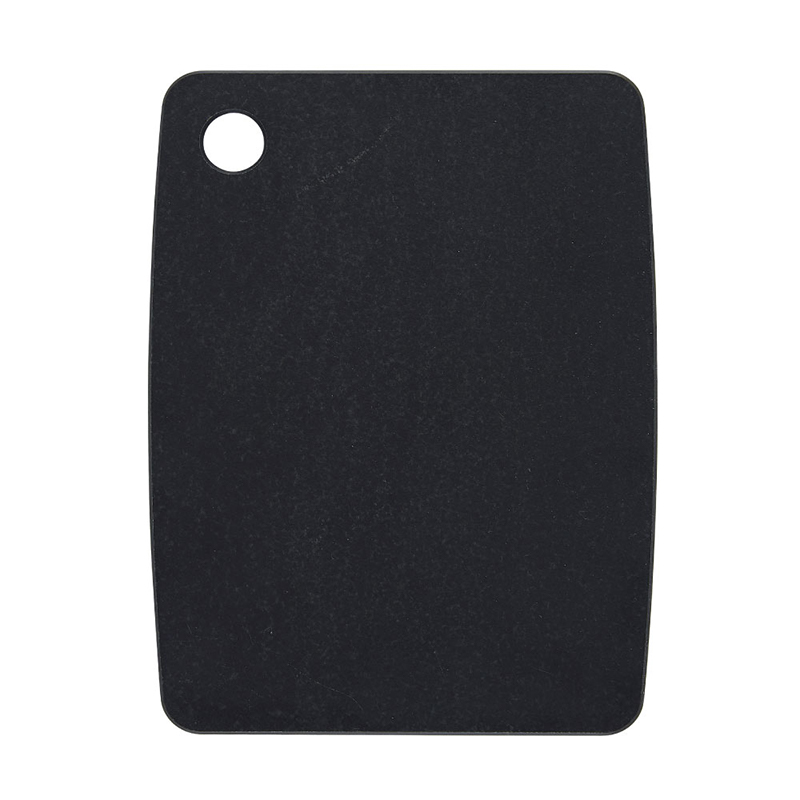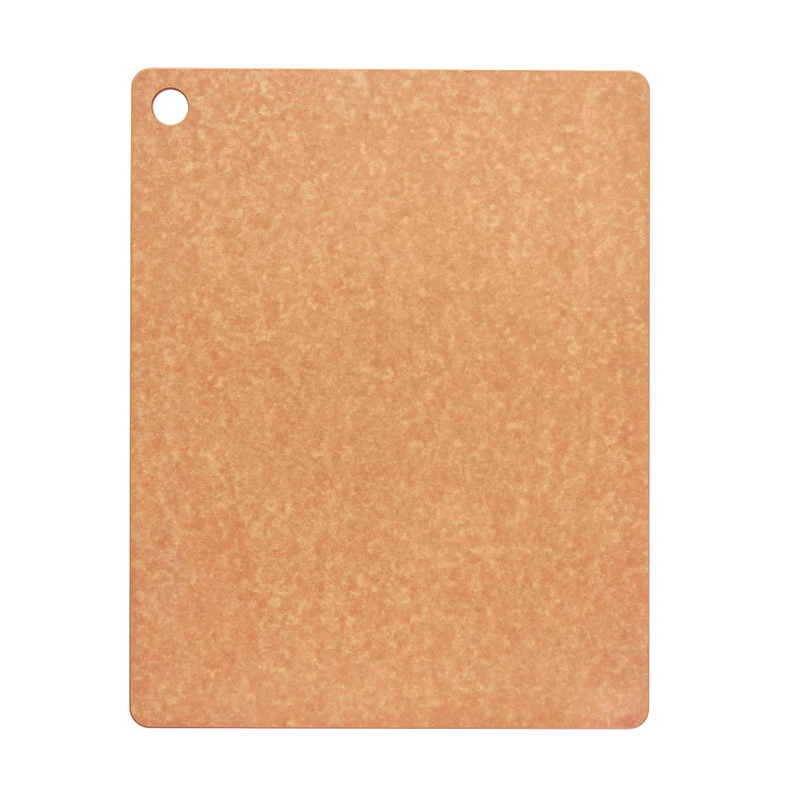-
Fiber RPET Kitchenware Products: A Practical Approach to Sustainable Living
Sustainability in modern households has become a growing priority, and material innovation plays a vital role in this shift. Among the notable developments, fiber RPET kitchenware products have emerged as a balanced solution for eco-conscious consumers. Combining recycled polyethylene terephthalate (RPET) with plant-based fibers, these kitchen items provide a blend of functionality, style, and environmental consideration that fits seamlessly into everyday living.
Composition and Material Concept
Fiber RPET is made by recycling used PET bottles and combining them with natural fibers such as bamboo, rice husk, or wheat straw. This fusion creates a composite that maintains the durability and heat resistance of traditional plastic while reducing overall synthetic content. The result is a lightweight and resilient material that serves well in daily kitchen use, from food containers and mixing bowls to cups and tableware.
The natural fibers not only strengthen the structure but also give the material a subtle texture and tone, making each product feel organic and visually appealing. This combination enhances the tactile experience while small dependence on pure plastic materials.
Functional Advantages
One of the primary strengths of fiber RPET kitchenware is its practicality. These products are designed for repeated use, easy cleaning, and efficient storage. Their sturdy composition allows them to resist warping or cracking during normal use, while the natural fibers help disperse heat, making them suitable for both hot and cold foods.
Their smooth, matte surface finish gives a refined appearance that fits well with modern and small kitchen styles. Additionally, the material’s balanced weight makes it comfortable to handle, ideal for serving, cooking, or everyday dining.
Environmental Considerations
The use of recycled PET in kitchenware production contributes to the reduction of post-consumer waste. Instead of disposing of plastic bottles, these materials are given a second life through repurposing and composite reinforcement. This method supports resource efficiency and reduces the consumption of virgin materials.
By integrating natural fibers, manufacturers also lower the overall plastic ratio within each product, supporting a more sustainable production process. This approach represents a practical step toward reducing environmental pressure while maintaining usability and aesthetic value in household products.
Design Flexibility
Fiber RPET’s versatility allows designers to create kitchen products in a range of shapes, colors, and finishes. Whether molded into sleek utensils, wide serving trays, or compact storage containers, the material retains its stability and smoothness. The natural hues of the fibers complement soft, earthy tones, providing a warm and welcoming appearance to any kitchen space.
This flexibility encourages creative product lines that meet different household preferences without compromising quality or comfort. The result is a collection of kitchen essentials that combine responsible production with thoughtful design.
Consumer Appeal and Market Trend
The growing preference for sustainable kitchenware aligns with a global shift toward more conscious consumer behavior. Fiber RPET products fit this movement by offering practical benefits alongside environmental value. Many households are drawn to their balance of strength, lightweight design, and natural look, which enhances both everyday usability and home presentation.
Fiber RPET kitchenware represents an effective integration of innovation and environmental awareness. By transforming recycled plastics and natural fibers into durable, attractive household tools, this material supports sustainable living without sacrificing functionality. Through thoughtful design and responsible material use, fiber RPET products demonstrate how modern kitchens can embrace both practicality and sustainability in everyday life.

 日本語
日本語 English
English 中文简体
中文简体
